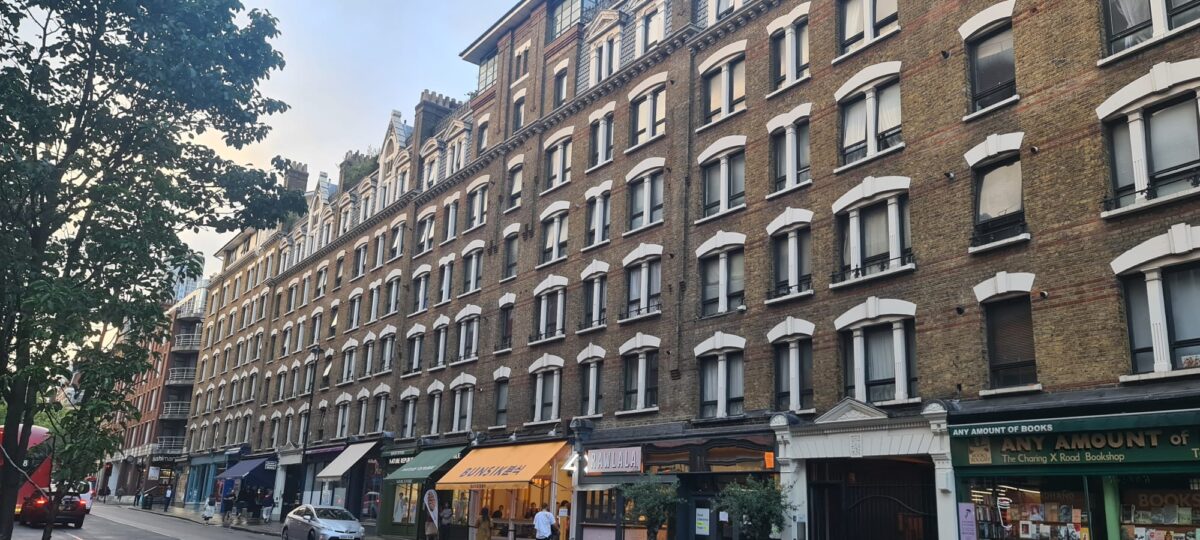Housing loomed large in the campaign debate running up to the recent Australian federal election. In fact, rival plans for first-time buyer assistance were central to the rival pitches of the two main parties in the final week of the contest.
The overarching context for this is the concern provoked by declining owner-occupancy rates in a country that still thinks of itself as a home ownership nation. By UK standards, the overall downward trend has been quite modest – the past 20 years has seen owner occupation drifting down by around 3-4 percentage points to 67 per cent. But that conceals much faster rates of decline among young adult cohorts.
Again, as in Britain, falling home ownership worries have been aggravated by the unexpected COVID house price boom which has seen prices jump by 30% since 2019 – a substantially more marked increase than the UK’s equivalent market climb.
Add to that, the recent spike in rent inflation greater than at any time since 2008, and it’s obvious that the pandemic significantly aggravated Australia’s longstanding housing affordability challenge.
So, in this battle that ended with the centre-left Labor Party (yes, that’s the correct spelling) regaining power after nearly a decade in opposition, what exactly were the rival housing plans pitched by the two main parties?
With Labor having retreated from significant reforms to private landlord tax breaks pledged in the previous two elections, there was actually less distinction between the housing offers of the main protagonists this time round. Even so, the difference between Labor’s 2022 platform and that of the Liberal/National governing coalition remained notable.
The home ownership offers
The main area of contest was of course home ownership. Both parties committed to expanding the existing national low deposit mortgage scheme for first-time buyers predicated on a government guarantee enabling downpayments of 5% rather than the standard 20%. This may now be made available to around half of all those entering home ownership.
Beyond this, and targeting much the same group, Labor pledged to initiate a national shared equity programme. Complementing existing state government schemes in Victoria and Western Australia, and subject to applicant income and property price caps, this would see the federal government taking an equity stake of up to 30% in an existing dwelling and up to 40% in a newly built home. The model is very similar to the UK Government’s Help to Buy scheme in both content and name.
Deriding Labor’s approach as one in which ‘the government wants to own your home’, on the ropes in the opinion polls, and clearly seeking a point of difference as the campaign neared its end, the Prime Minister further ramped up the debate by pitching a new and novel proposal. Aspirant first-time buyers would be enabled to draw on otherwise inaccessible pension (or ‘superannuation’) savings for home purchase.
Although widely criticised as inflationary, as well as inequitable, the ‘super for housing’ proposal was considered by some a political masterstroke, since it leveraged a libertarian sensibility across the electorate at no (immediate) cost to government. It also served the partisan aim of attacking the pension industry disliked by conservative Australians not only because of its compulsory contributions but also because some funds are union-linked.
Social housing
While featuring comparatively minimally in election media coverage and debate, a number of other potentially significant housing commitments were aired in the contest – mainly by Labor. These included Labor’s pledge for a national social and affordable investment program to generate 30,000 dwellings over six years.
Considering that Australia has been latterly constructing only around 3,000 social housing units annually, with the federal government making a near zero contribution, this is notable – yet also modest. Factoring in expected population growth, it would be enough to slow, but not to reverse, the longstanding decline in social housing representation in the housing system (now only just over 4% of total occupied dwellings).
The most novel aspect of the social and affordable housing investment proposal is its financing through investment returns from an ‘off balance sheet’ future fund. The attraction of such a structure is that, under relevant accountancy conventions, the cost would not score as government debt. Some readers may detect parallels with the long-running UK debate on the accounting treatment of council housing investment.
As far as social housing is concerned, the Liberal/National election platform extended only to expanding the quantum of community housing debt guaranteed by government – a facility of only very limited value without the matching subsidy that the Coalition declined to offer.
Institutional reform and strategy
Finally, and once again, with a very low media profile, Labor’s election pitch included some significant institutional reforms which, with the Party now installed in government, we can expect to take shape in coming months. These include, firstly, the creation of a National Housing Supply and Affordability Council (NHSAC), a body charged with analysing housing needs and provision – a remit similar to the UK’s erstwhile National Housing and Planning Advice Unit (NHPAU).
NHSAC will sit within a new national housing agency, Housing Australia. This will absorb the former administrative roles of the National Housing Finance and Investment Corporation (NHFIC) for first-time buyer assistance schemes, as well as the housing future fund. Perhaps opening up more far-reaching possibilities for the future, Housing Australia will also take responsibility for a ‘National Housing and Homeless Plan’. This, it would be hoped, will cement the federal government back into an active an ambitious role in the national housing system – something unseen for more than a decade.
Until Labor can find the stomach to revisit fundamental tax reform many of us would argue that the scope for fixing Australia’s dysfunctional housing system will remain extremely limited. At the same time, the incoming government’s program contains some housing green shoots that are still worth celebrating.



